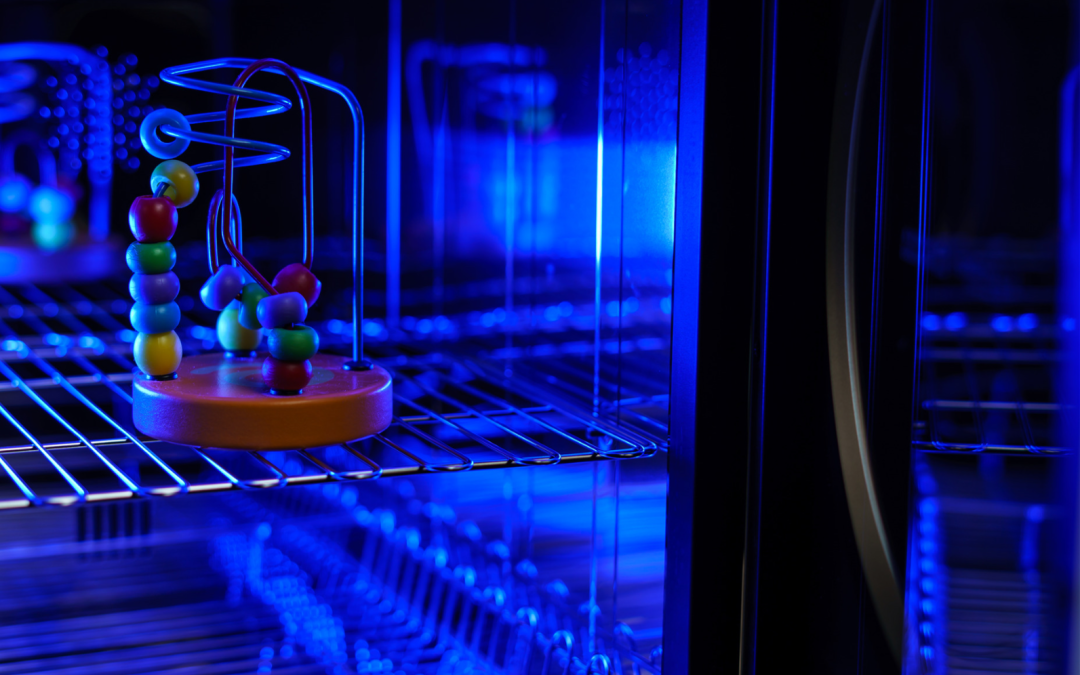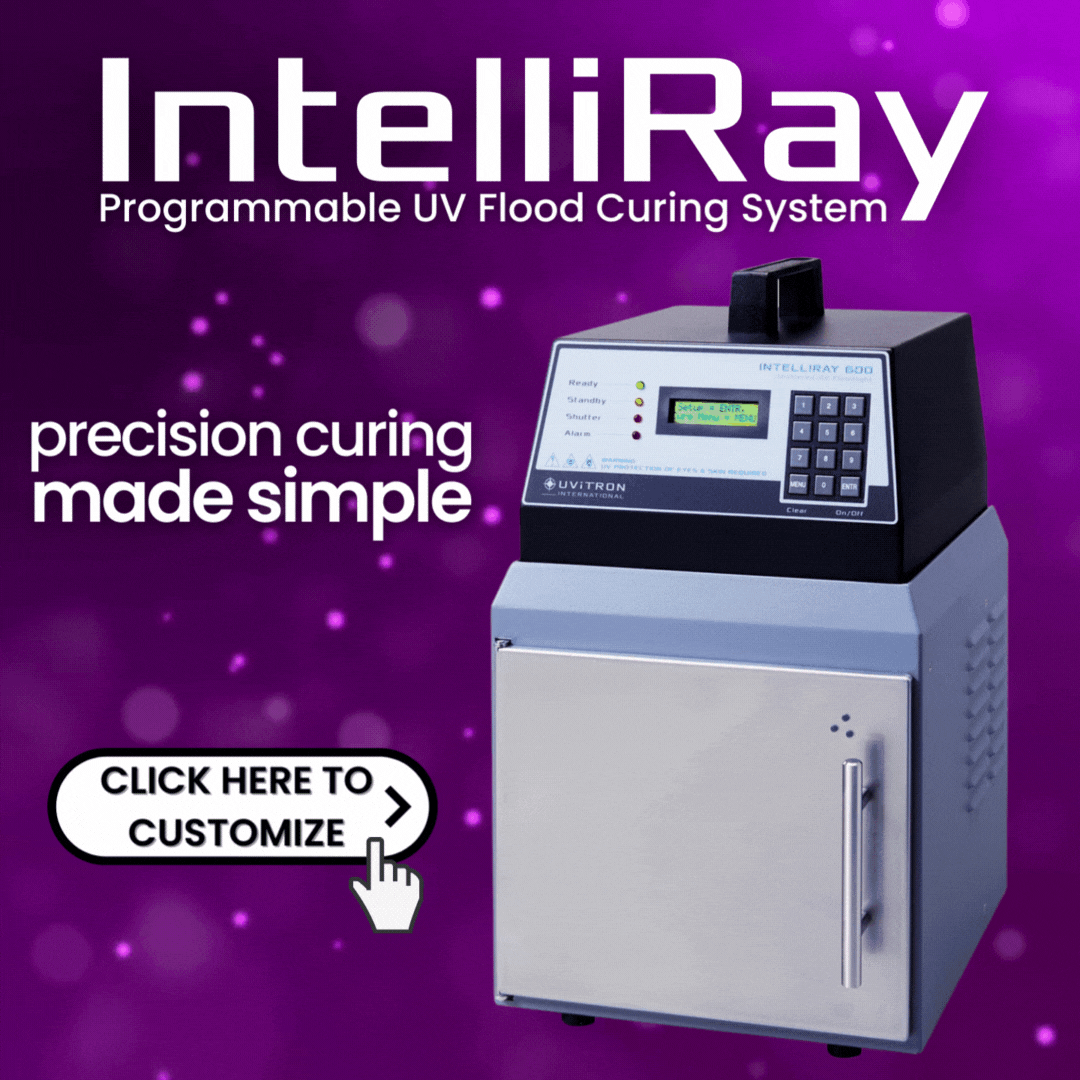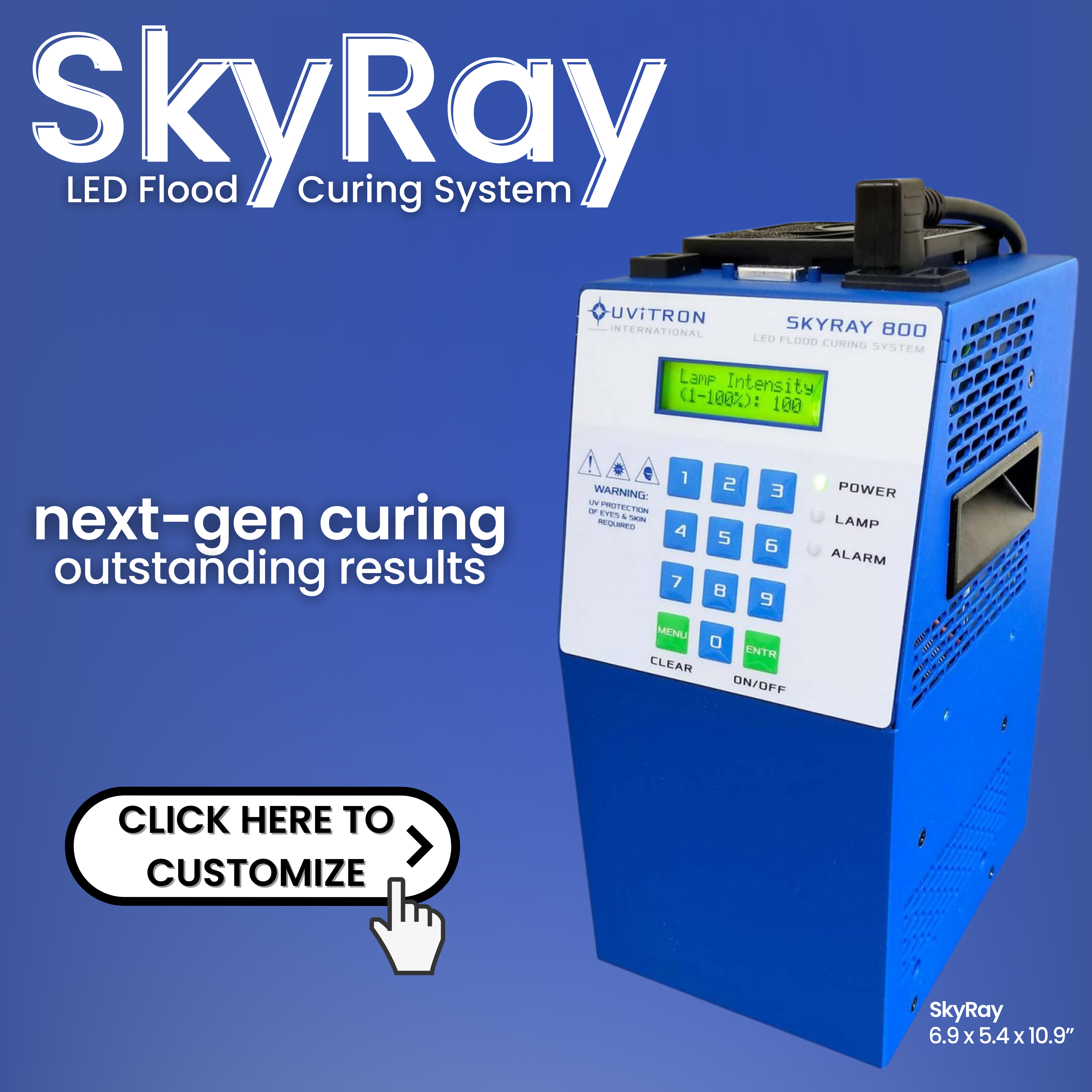Ultraviolet (UV) curing systems have become indispensable in industries like printing, coating, and adhesive applications, primarily due to their ability to rapidly cure materials. These systems harness ultraviolet light, an electromagnetic radiation type characterized by wavelengths shorter than visible light but longer than X-rays. The UV spectrum is generally categorized into UVA, UVB, and UVC, while visible light constitutes a separate category. We’ll explore the distinctions between UVA, UVB, UVC, and visible light in UV curing systems, along with their respective applications and advantages.
The Role of UVA in UV Curing Systems
UVA (320-400 nm) exhibits the longest wavelength range in the UV spectrum and the lowest energy levels among the three UV categories. Owing to its superior penetration depth and reduced potential for substrate damage, UVA is the most widely utilized type of UV light in curing systems. Some of the key benefits of UVA curing systems include:
- Rapid curing times that enhance production efficiency
- Improved adhesion between substrates and coatings or adhesives
- Lower environmental impact due to reduced volatile organic compound (VOC) emissions compared to traditional drying methods
- Enhanced durability and scratch resistance of cured products
The Application of UVB in UV Curing Systems
UVB (280-320 nm) possesses shorter wavelengths and higher energy levels than UVA. While the increased energy makes UVB more efficient at initiating polymerization reactions, it also raises the potential for substrate damage. Consequently, UVB curing systems are not as prevalent as their UVA counterparts. However, they can be beneficial in specific applications where faster curing and higher surface hardness are required, such as:
- Optical fiber coatings that demand increased hardness and durability
- Automotive refinish coatings that need rapid curing times
- Certain industrial coating applications requiring high crosslink densities for improved chemical resistance
UVC’s Limited Use in UV Curing Systems
UVC (200-280 nm) has the shortest wavelengths and highest energy levels within the UV spectrum, rendering it highly effective at breaking molecular bonds and eliminating microorganisms. However, its high energy levels also pose a significant hazard to both materials and human health. As a result, UVC is seldom used in UV curing systems for industrial applications. Instead, UVC is mainly employed in germicidal applications, such as:
- Air purification systems for residential and commercial buildings
- Water disinfection processes in water treatment facilities
- Surface sterilization in healthcare settings and laboratories
Despite limitations in industrial applications, UVC bandwidth can be employed to help overcome oxygen inhibition, producing hard surfaces and high gloss finishes. Oxygen inhibition is a phenomenon that occurs during the UV curing process when oxygen interacts with the free radicals generated by the photoinitiator, inhibiting the polymerization reaction and creating a tacky, uncured surface layer. By utilizing the high-energy UVC wavelengths, it is possible to achieve faster and deeper penetration into the coating or ink, which allows for a more efficient curing process and reduces the occurrence of oxygen inhibition.
The application of UVC in these instances can result in an improved surface cure, characterized by hard, durable surfaces and high gloss finishes. This is particularly beneficial for industries that require high-quality finishes, such as automotive, electronics, and packaging. However, it is essential to carefully manage the potential hazards associated with UVC exposure to ensure the safety of both the materials being cured and the operators working with the UV curing systems.
Visible Light Curing Systems
Visible light (400-700 nm) is a separate category within the electromagnetic spectrum, encompassing wavelengths detectable by the human eye. Although not part of the UV spectrum, visible light can be harnessed for curing purposes in some systems, known as visible light curing systems. These systems typically use photoinitiators that absorb light within the visible spectrum to trigger polymerization reactions. Visible light curing systems are less common than UV curing systems but offer advantages in specific applications, such as:
- Curing UV-sensitive materials that would be adversely affected by UV light exposure
- Achieving greater depth of cure, which is beneficial for thick or highly pigmented coatings
- Reducing the risk of material yellowing, which can occur with some UV-cured systems
Recognizing the differences between UVA, UVB, UVC, and visible light in UV curing systems is crucial for selecting the appropriate technology for particular applications. UVA curing systems dominate the market, offering an ideal balance between penetration depth and substrate safety. UVB and visible light curing systems cater to niche requirements, whereas UVC is primarily reserved for germicidal applications. By understanding the unique properties and applications of each type of light, manufacturers and industry professionals can optimize their curing processes, ultimately improving product performance and operational efficiency.




